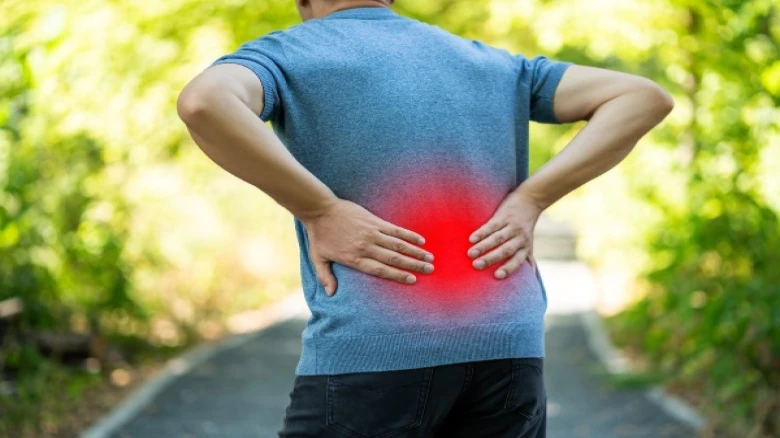National

New Lancet analysis, back pain will affect 800 million individuals worldwide by 2050...
Digital Desk: Back pain is expected to affect 800 million individuals globally by 2050, reveals a new Lancet analysis. our daily lifestyles differ very much and our day-to-day activities decide our body needs. The most common problem people face is Back pain.
Reportedly, Back discomfort is a prevalent health condition for many people in India, according to Dr. Yash Gulati, senior consultant, orthopaedics, joint replacement, and spine, Indraprastha Apollo Hospitals, New Delhi. He claims that it can affect people of all ages and is caused by a variety of reasons, including bad posture, sedentary lives, a lack of physical activity, obesity, muscle tension, and underlying medical disorders.
However, Back discomfort is common in India, with studies estimating that 20% to 30% of the population suffers from some sort of back pain. It is one of the country's main causes of disability and tardy behaviour.
Let's have a look at the primary causes of chronic back pain:
Poor alignment: Sitting, standing, or lifting heavy objects with poor posture can strain the muscles, ligaments, and discs in the back.
Pressure or strain in Muscle or ligament: Excessive use incorrect lifting techniques, or unexpected movements can all cause strains in the muscles and ligaments that support the spine.
Spinal stenosis is a disorder in which the spinal canal narrows, putting pressure on the spinal cord and nerves and causing chronic discomfort.
Arthritis issue: Osteoarthritis and other types of arthritis can affect the spine, causing back pain.
Bone Disorder: Some people have structural abnormalities in their spine that cause persistent discomfort, such as scoliosis (sideways curvature) or kyphosis (extreme forward curvature).
Injured Body Parts: Traumatic injuries, such as fractures, sprains, or strains, can harm the structures of the back and cause persistent discomfort.
Healthcare issues: Chronic back pain can be an indication of underlying medical diseases such as fibromyalgia, spinal tumours, or infections.
When should a person see a doctor, and what are the warning signs?
Severe or worsening pain: Seek medical attention if your back pain is severe, steadily worsening, or does not improve with rest and self-care techniques.
Back pain that is accompanied by pain, numbness, tingling, or weakness that radiates down one or both legs may indicate a nerve problem.
Difficulty or loss of control in urine or bowel motions, as well as groyne numbness, might be symptoms of a serious disease.
Leave A Comment